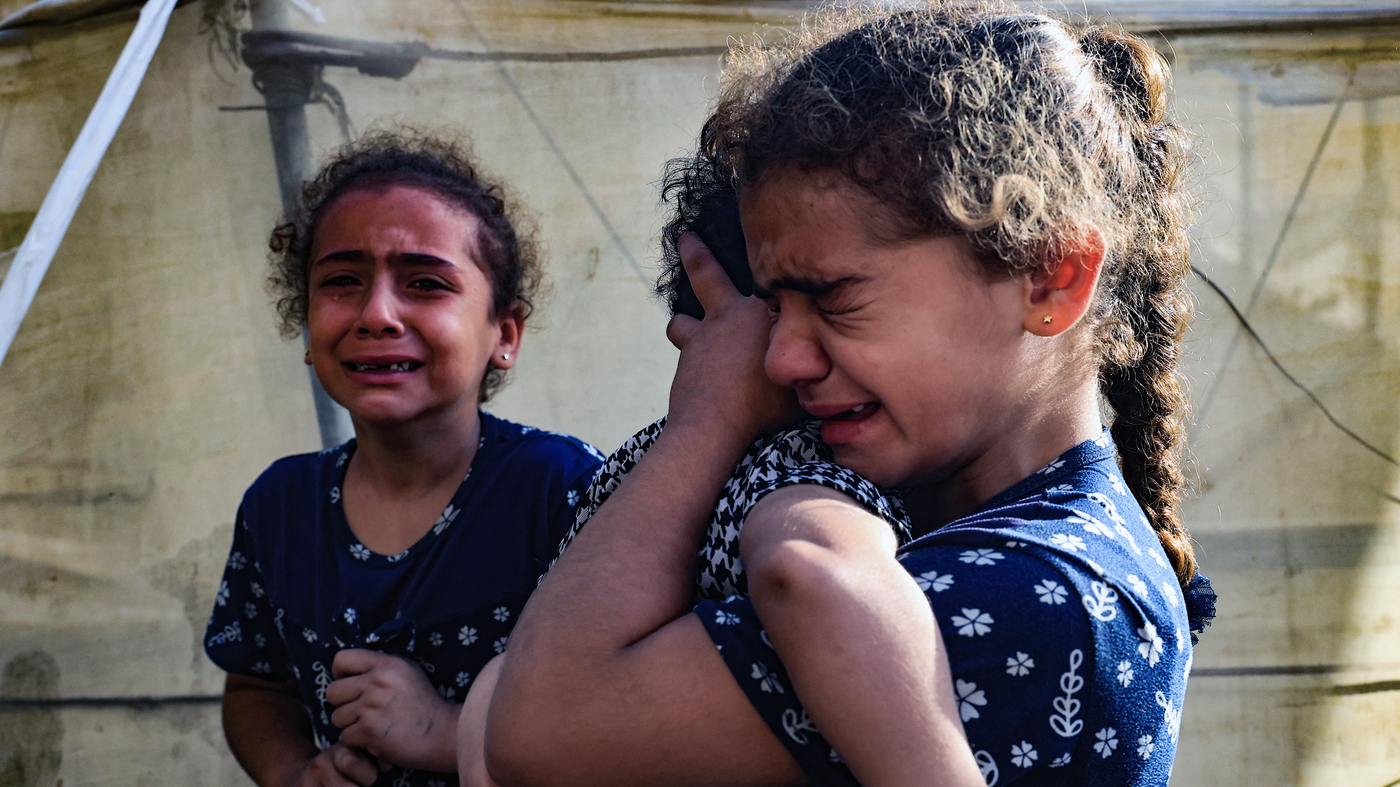|
Children
may experience very stressful events that affect how they think and
feel. Most of the time, children recover quickly and well. However,
sometimes children who experience severe stress—such as from an
injury, the death or threatened death of a close family member or
friend, or violence—will be affected long-term. The child could
experience this trauma directly or could witness it happening to
someone else. When children develop long-term symptoms (longer than
one month) from such stress, which are upsetting or interfere with
their relationships and activities, they may be diagnosed with
post-traumatic stress disorder (PTSD).
The first step to treatment is to talk with a healthcare provider to
arrange an evaluation. For a PTSD diagnosis, a specific event must
have triggered the symptoms. Because the event was distressing,
children may not want to talk about the event, so a health provider
who is highly skilled in talking with children and families may be
needed. Once the diagnosis is made, the first step is to make the
child feel safe by getting support from parents, friends, and
school, and by minimizing the chance of another traumatic event to
the extent possible. Psychotherapy in which the child can speak,
draw, play, or write about the stressful event can be done with the
child, the family, or a group. Cognitive-behavioral therapy and cognitive therapy helps children
learn to change thoughts and feelings by first changing behavior in
order to reduce the fear or worry. Medication may also be used to
decrease symptoms.
continuing ....
|







